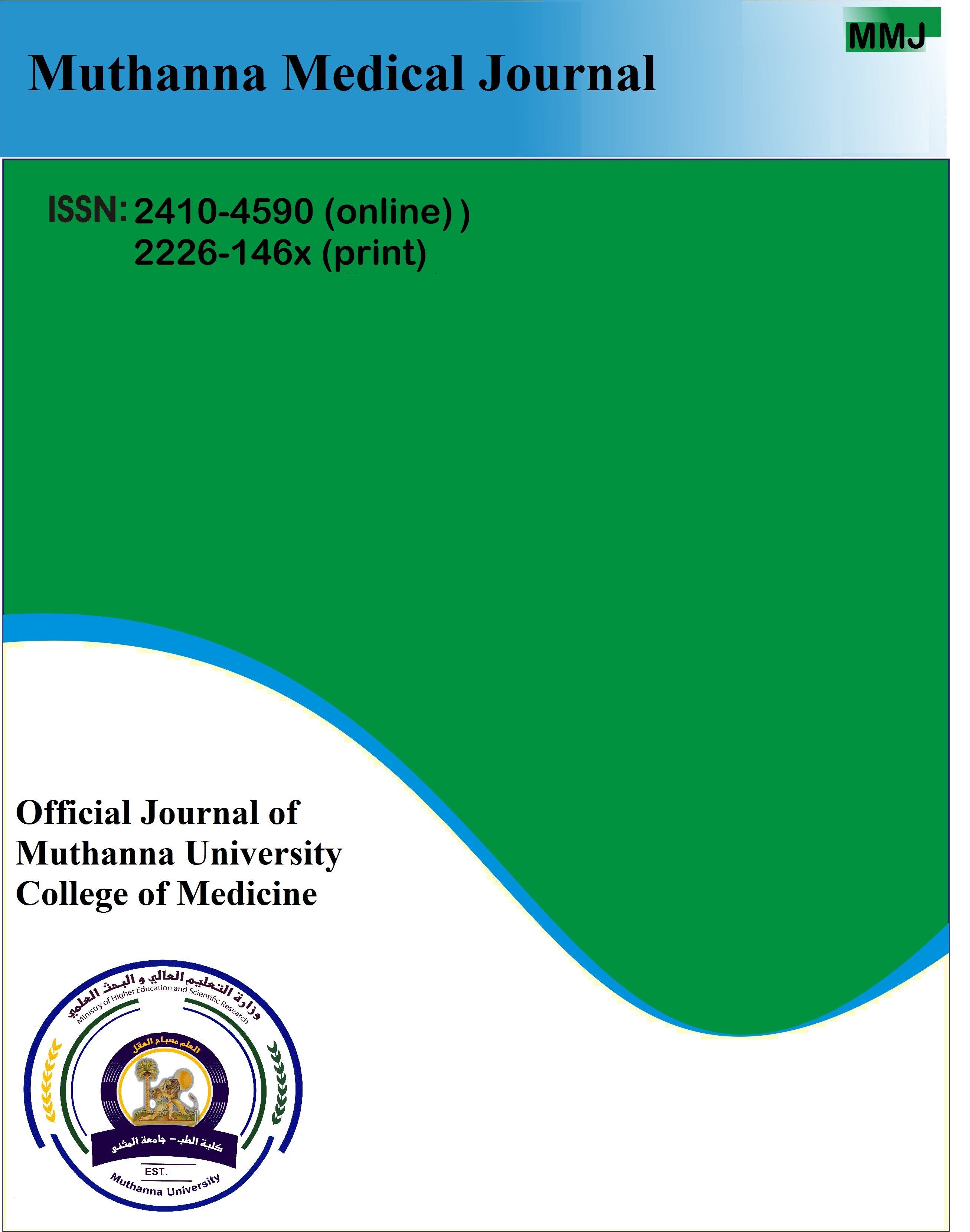Muthanna Medical Journal
Nasser Ghaly Yousif 1, Pingan Liu 2, Fadhil G. Al-amran3, Douglas L Hainz 4, Ahmed N. Altimimi 5
Copyright © 2023 Yousif NG et al. This is article distributed under the terms of the Creative Commons Attribution License http://creativecommons.org/licenses/by/4.0), which permits unrestricted use, distribution, and reproduction in any medium, provided the original work is properly cited
Abstract
Millions of people worldwide suffer from osteoarthritis, which is a major health problem. The accessible medicines are used in changing the side effects of osteoarthritis however missing illness alterations, not with-standing drug after-effects, and care expenses without adequacy of side effects help. This study followed the Preferred Reporting Items for Systematic Reviews and Meta-Analysis (PRISMA) guidelines. We look for relevant articles in all articles published between December 30, 2007, and December 30, 2022, in the Cochrane Library, PubMed, Embase, Wanfang Database, CNKI, and Web of Science databases. With an average follow-up of 18.33 months, this study included 364 patients with knee joint osteoarthritis from 12 completely published articles. Data from seven studies using the Visual Analog Scale (VAS) score. In Bone Marrow Mesenchymal Stem Cells (BM-MSCs), the baseline score on the Visual Analogue Scale decreased. These results suggested that there was no significant relationship between the BM-MSCs at three months (Weighted Mean Difference (WMD) = 1.07, 95% CI: − 2.44, − 0.39, p= 0.074); and the greatest decrease in VAS score compared to the control at 18.33 months, WMD = 6.04, 95 percent CI: − 10.34, − 0.38, p = 0.017. In clinical applications, intra-articular injection of BM-MSCs has advantages for treating OA because it reduces pain index, improves knee movement, and increases cartilage volume.
Keywords: BM-MSCs, Osteoarthritis, PRISMA